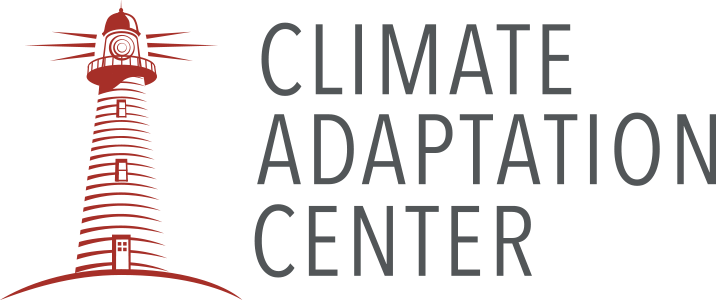Florida’s climate story isn’t only told by hurricanes and heat waves. It’s also told underground, where rising seas are pushing saltwater into the porous limestone of South Florida’s Biscayne Aquifer—the drinking water source for millions. Local utilities have already watched wells turn brackish, a slow-moving emergency with real-time consequences for families and ecosystems (CBS News).
There’s good news: communities are acting. Miami-Dade’s Connect 2 Protect program is moving vulnerable neighborhoods off failing septic tanks and onto modern sewer systems—reducing nutrient pollution that fuels algal blooms and protecting groundwater as tides creep higher. Similar conversions are underway in North Miami, with a Phase 2 project targeted for completion around October 2025. These are adaptation projects you can point to on a map—and taste in your tap (Miami-Dade County).
Why does this matter for biodiversity, the focus of our Nov. 13 conference? Because clean, fresh water is the bridge between our neighborhoods and our nearshore life. When high water tables and king tides back up leach fields, septic effluent can move into canals and bays, carrying nitrogen and pathogens that stress seagrasses, corals, and manatees. In short: fixing septic isn’t just about plumbing—it’s ecosystem protection. And as saltwater advances, reducing nutrient loads becomes even more urgent to keep coastal habitats resilient.
Florida has also opened the door to scale solutions. The Florida Coastal Management Program is accepting FY2026 Coastal Partnership Initiative grant applications through Oct. 31, 2025, funding local projects that protect, enhance, and restore coastal resources. For cities and special districts, that can mean dollars for vulnerability analysis, shovel-ready adaptation, and yes—strategic septic-to-sewer conversions in flood-prone zones. Pair this with Resilient Florida grants and you’ve got a practical pathway from plan to pipeline (FDEP).
Here’s the CAC take:
-
Lead with hotspots. Prioritize conversions where groundwater levels are already high, where outages are frequent, and where canals feed sensitive waters.
-
Design for compound risk. Backup power for pump stations, one-way valves, and lift-station floodproofing keep systems working when heat waves and storms overlap.
-
Measure what matters. Track seagrass cover, fecal bacteria, and chlorophyll-a before/after projects so communities can see the biodiversity benefits.
-
Lower barriers. Leverage state grants to cut homeowner costs and align construction with road/drainage upgrades to minimize disruption.
This is adaptation Floridians can get behind: practical, bipartisan, and fast. It protects households from messy, expensive failures; it safeguards a regional water supply under pressure; and it helps reefs and seagrasses weather the heat and tides we know are coming.
Join us at the 5th Annual Florida Climate Forecast Conference: Climate & Biodiversity—learn what’s working, meet the people doing it, and help accelerate solutions your community can use now.

